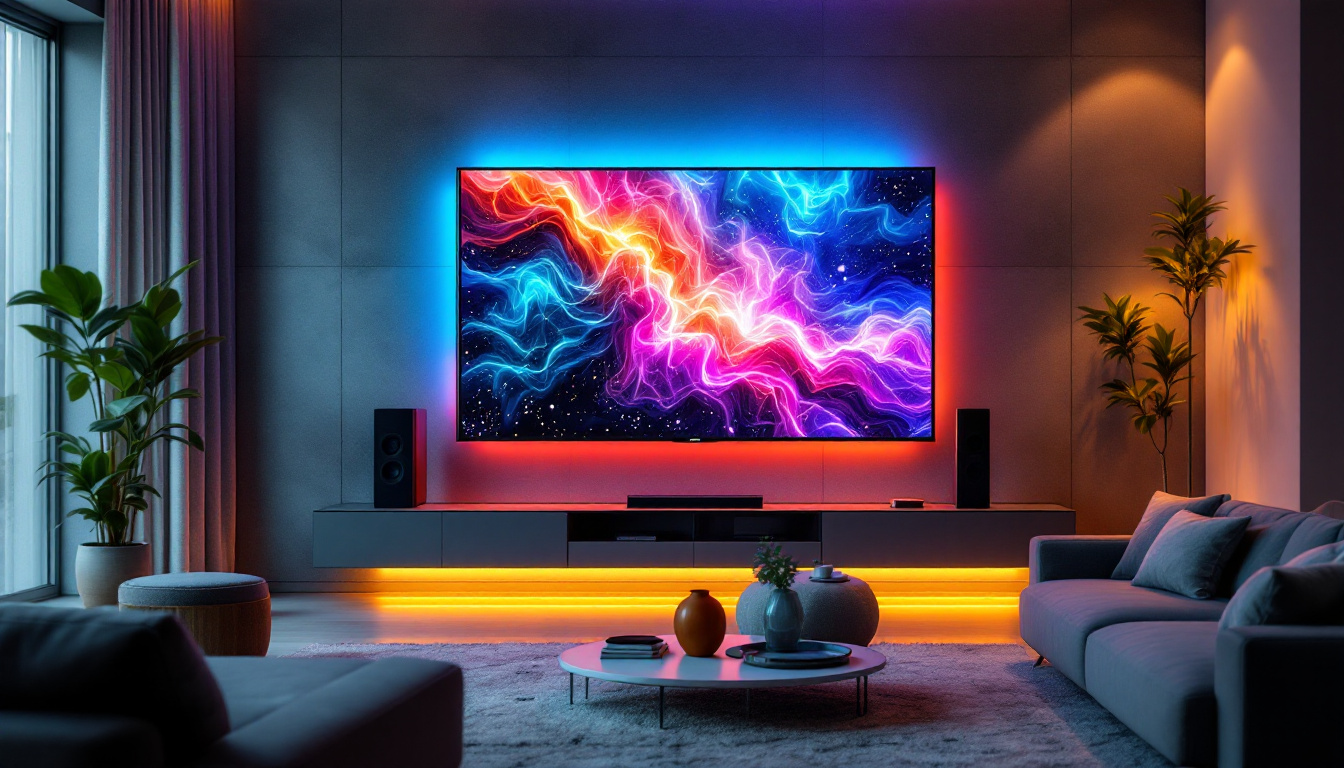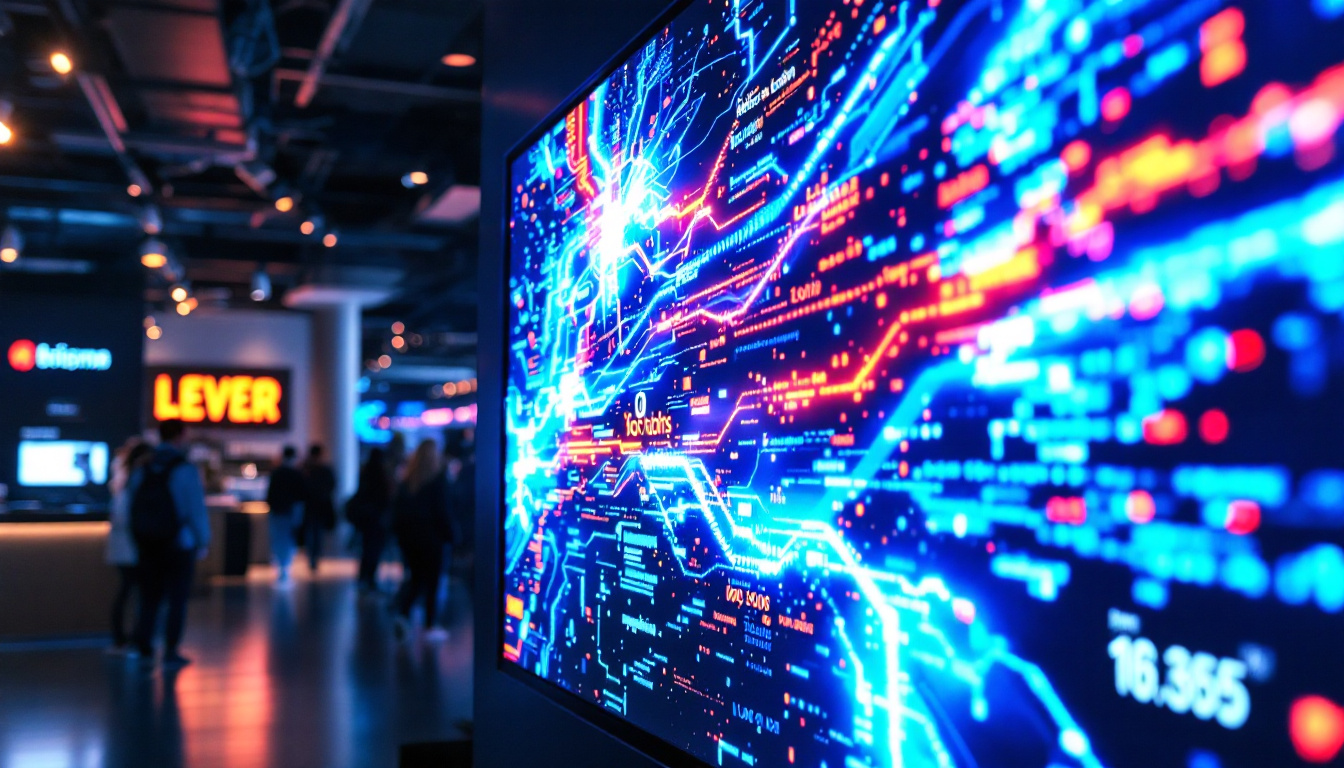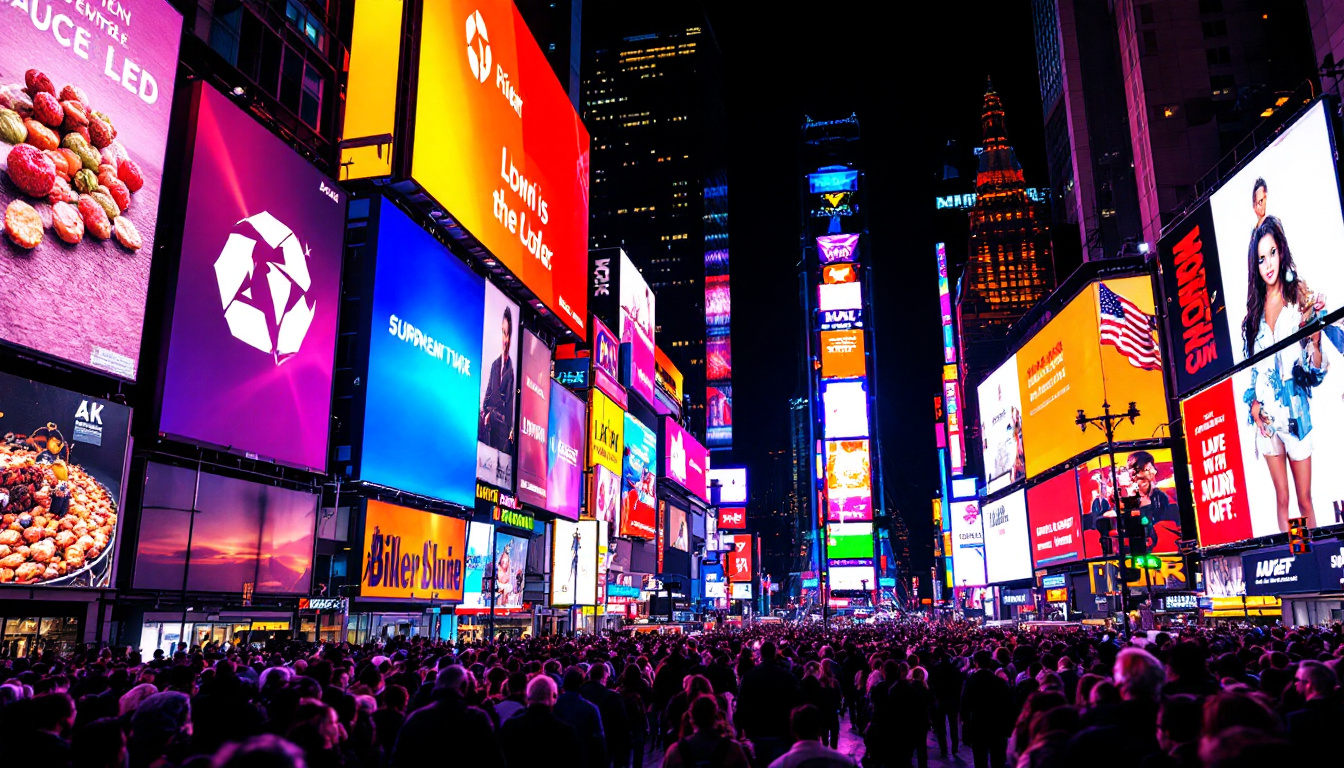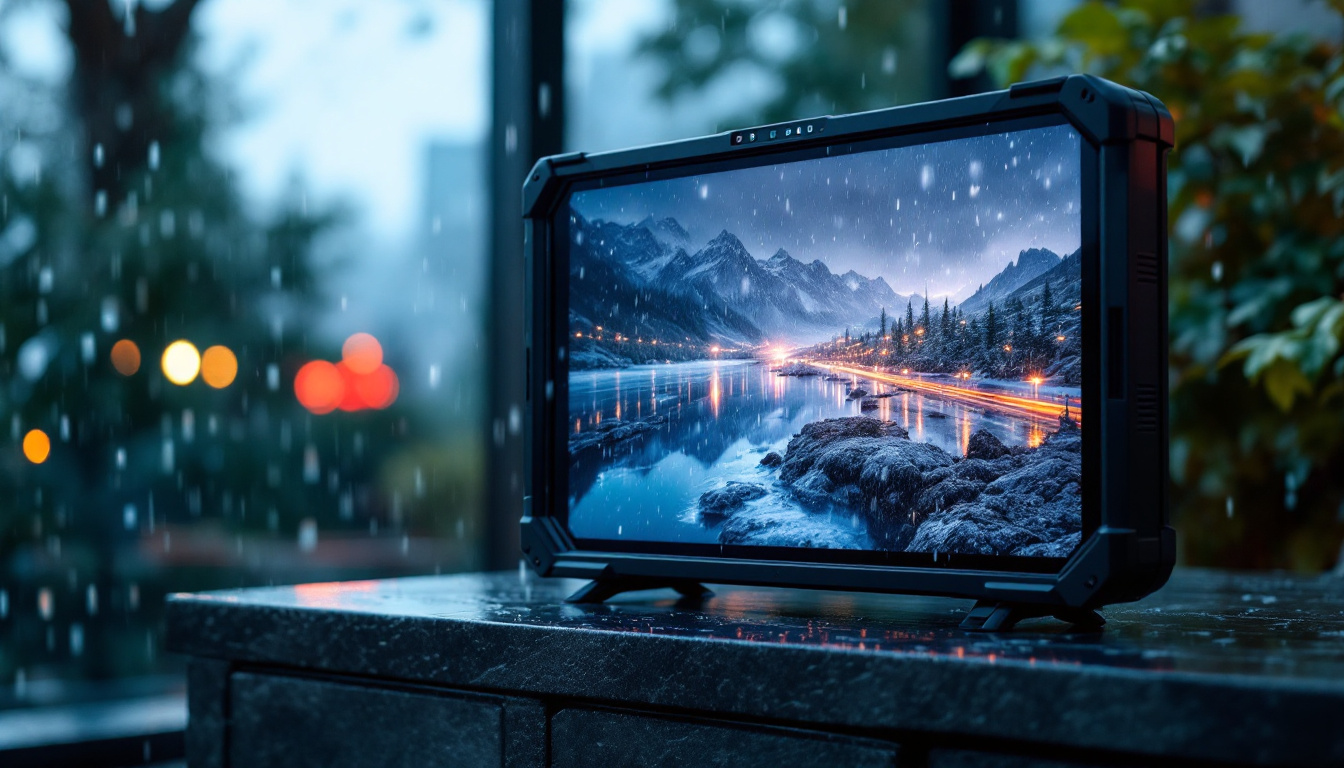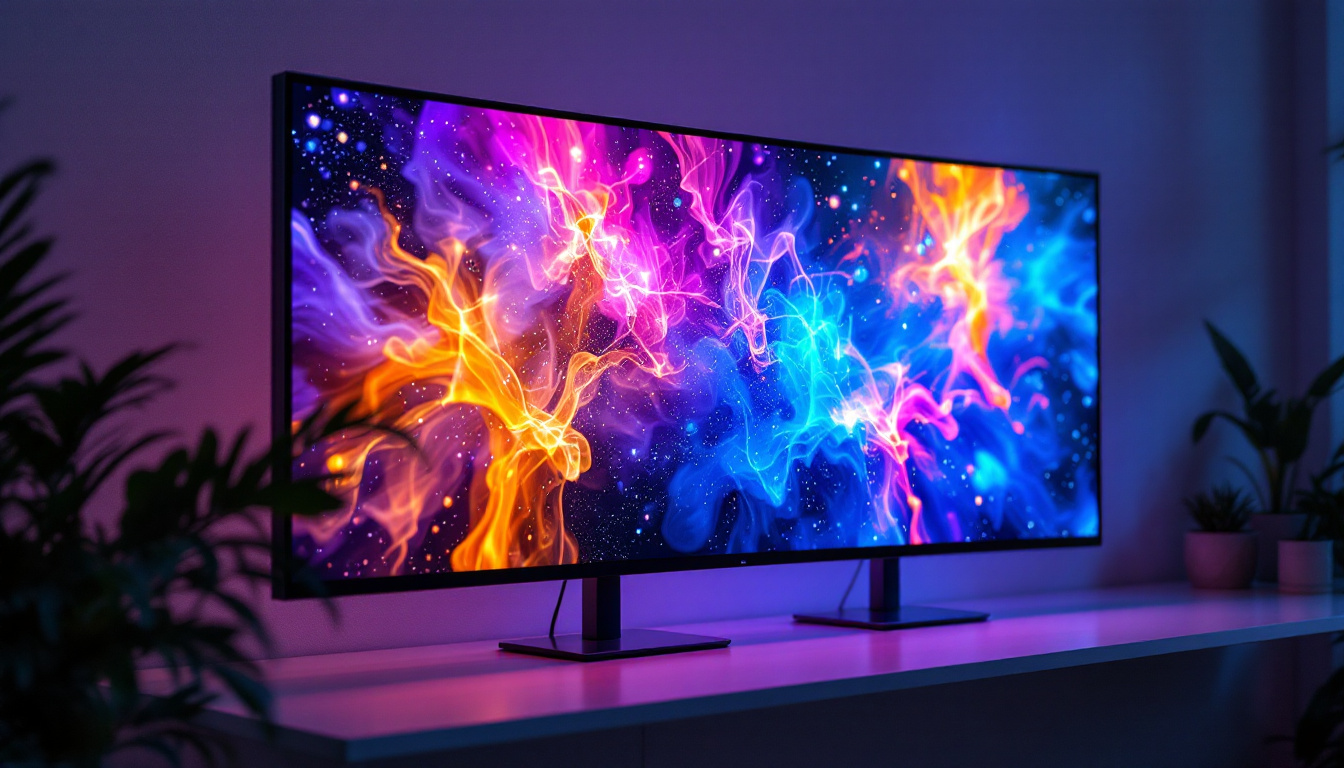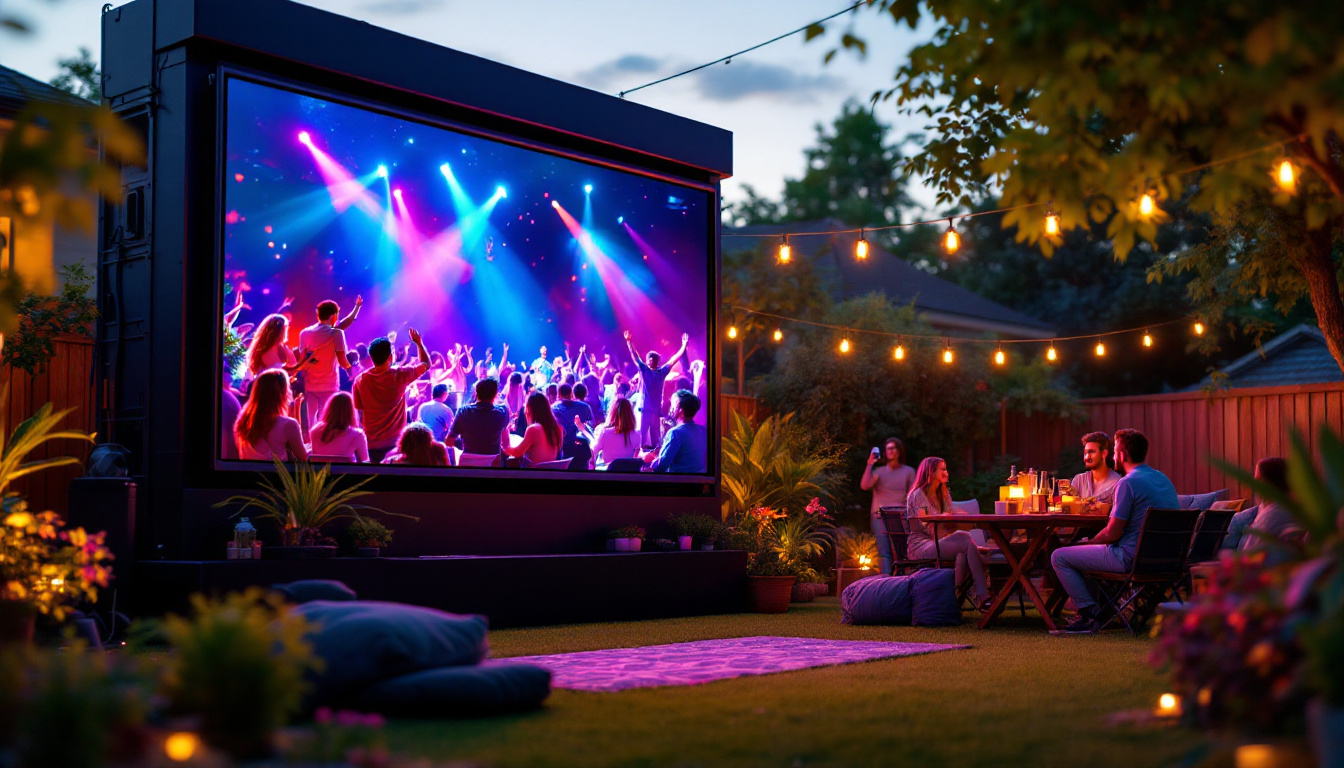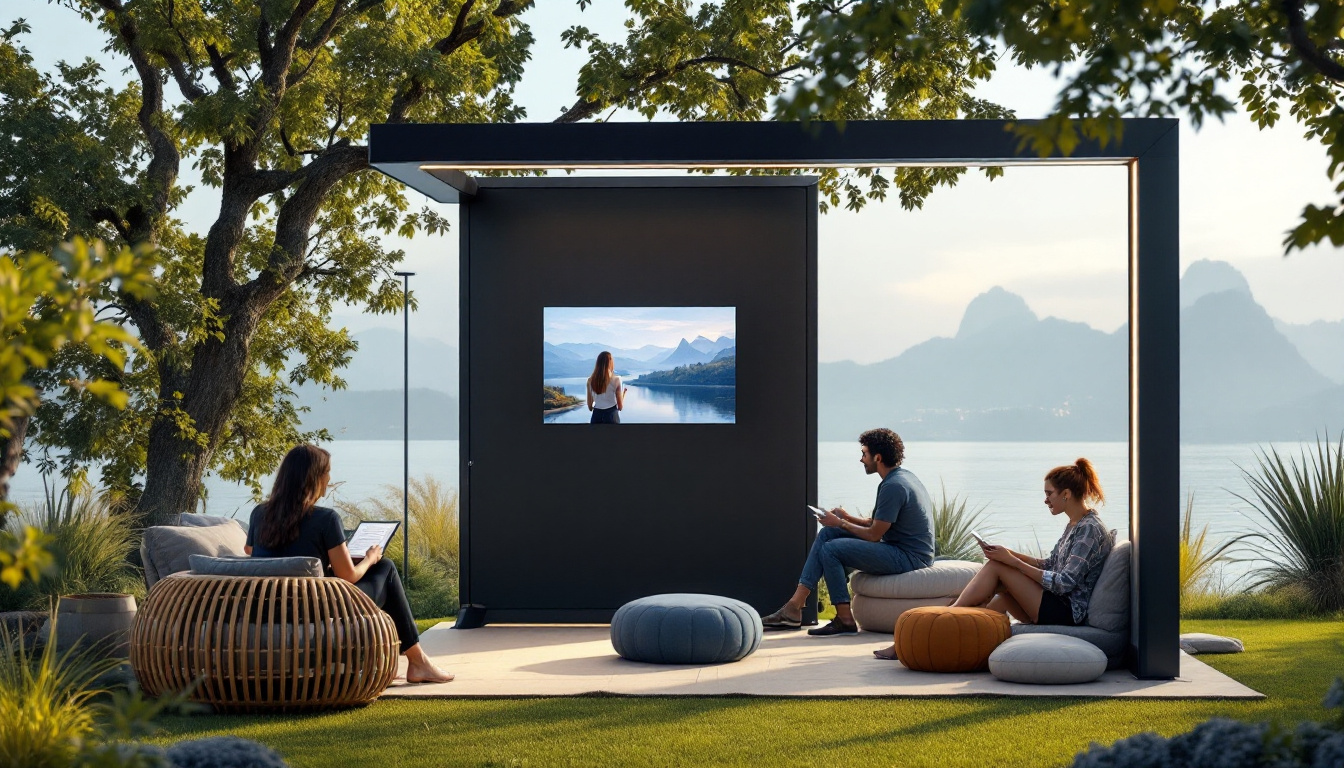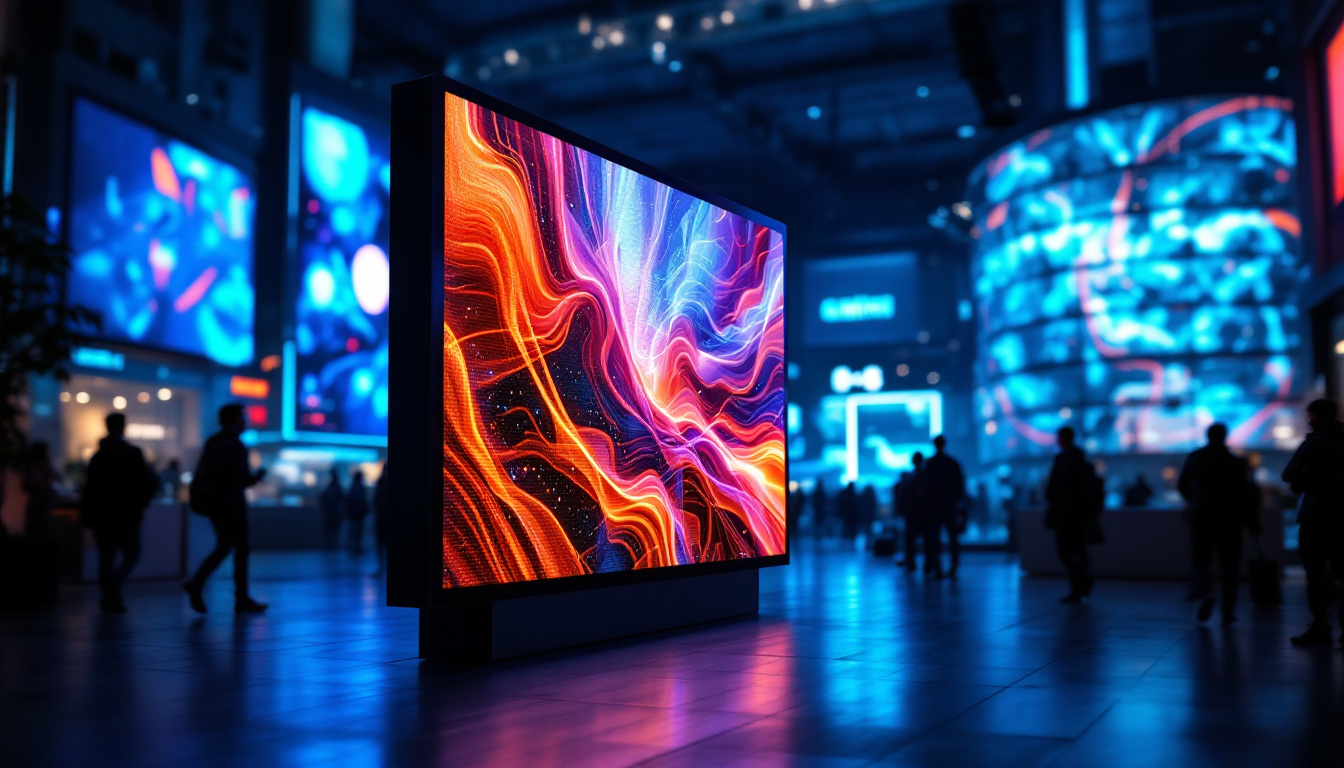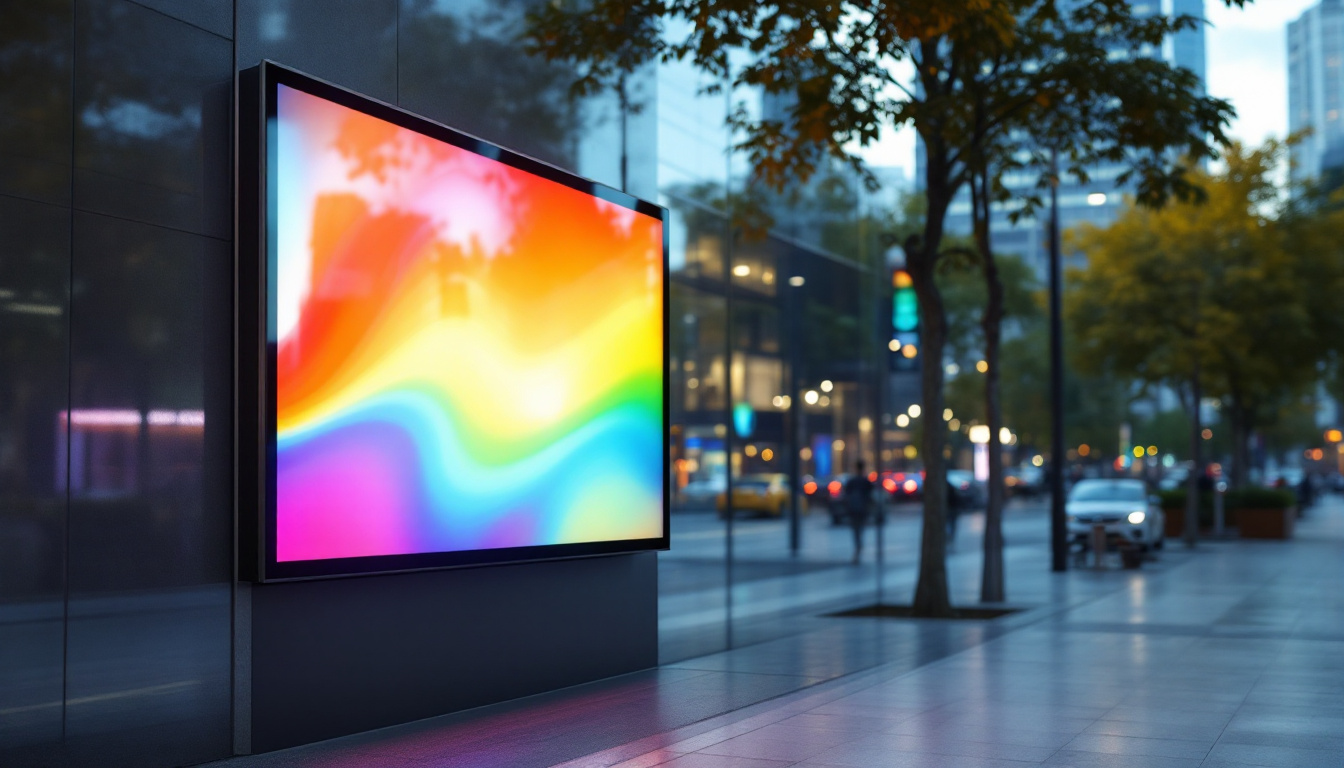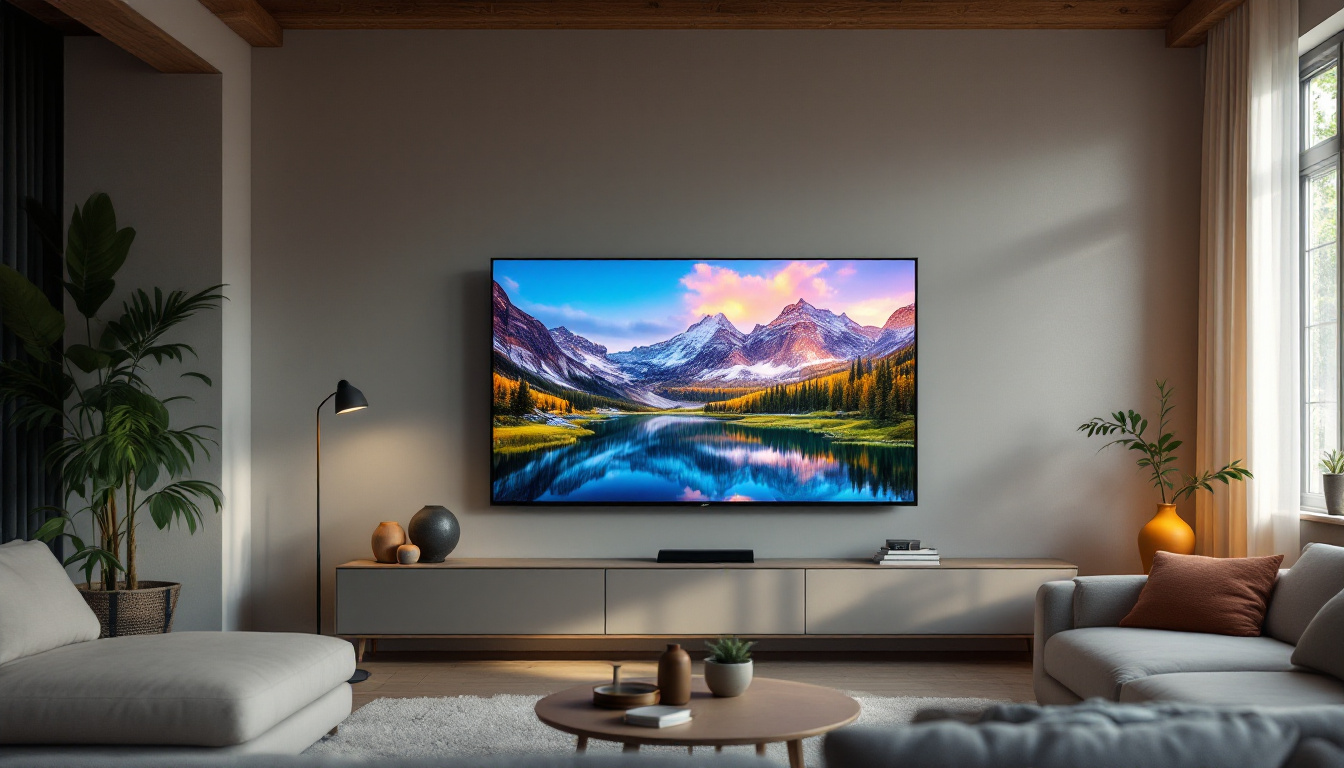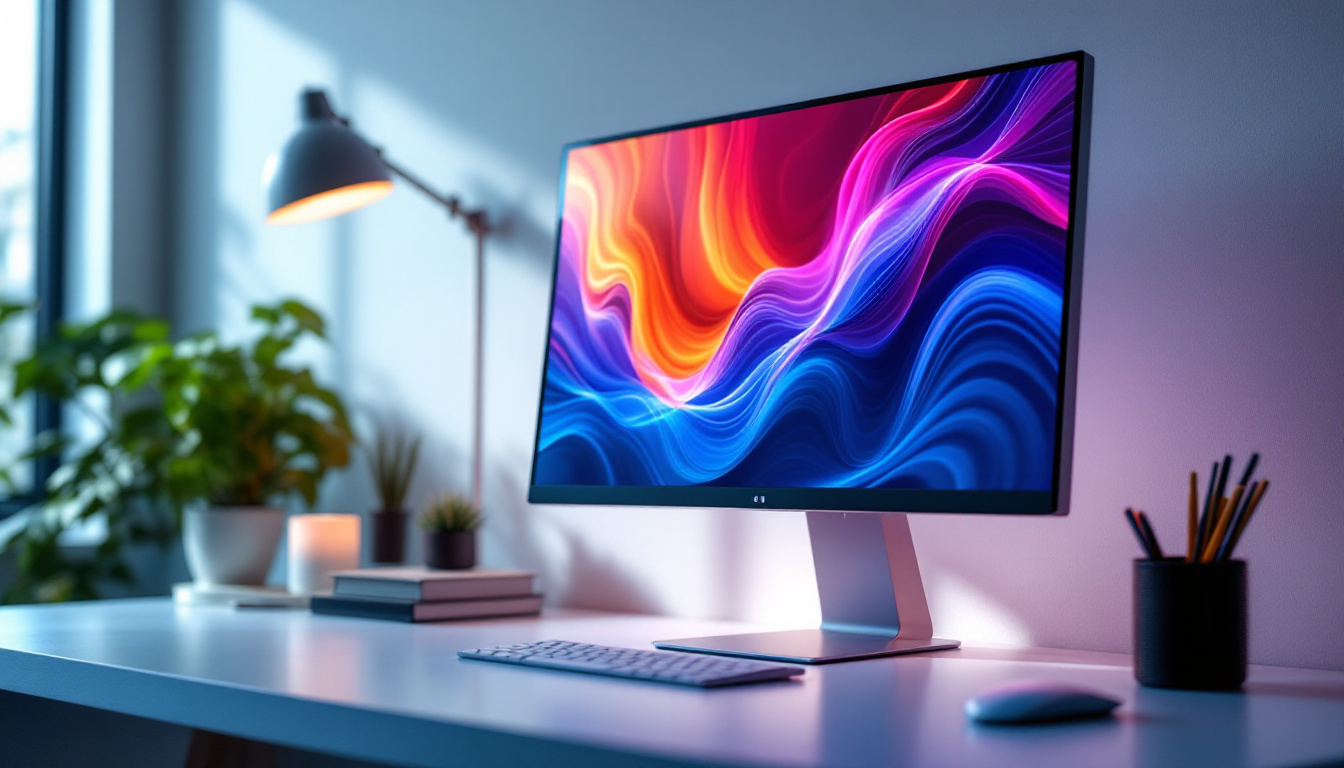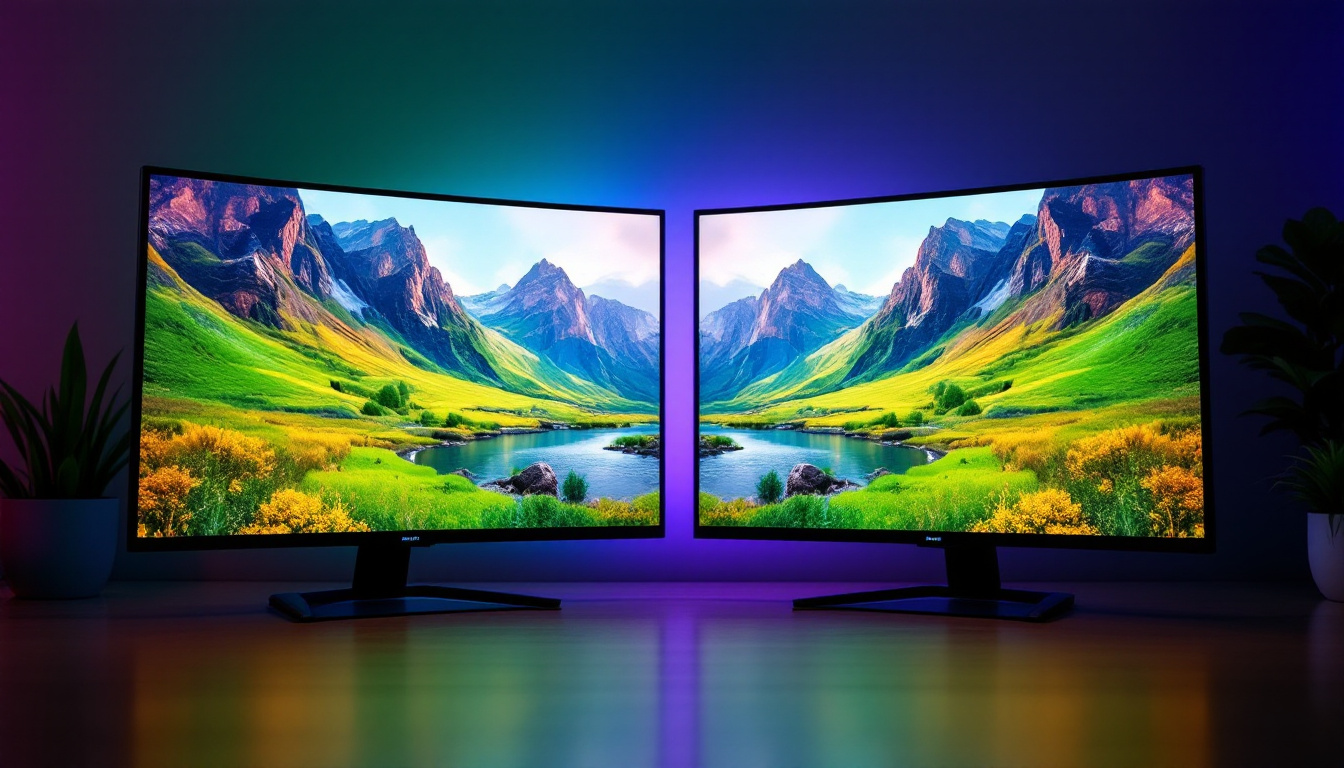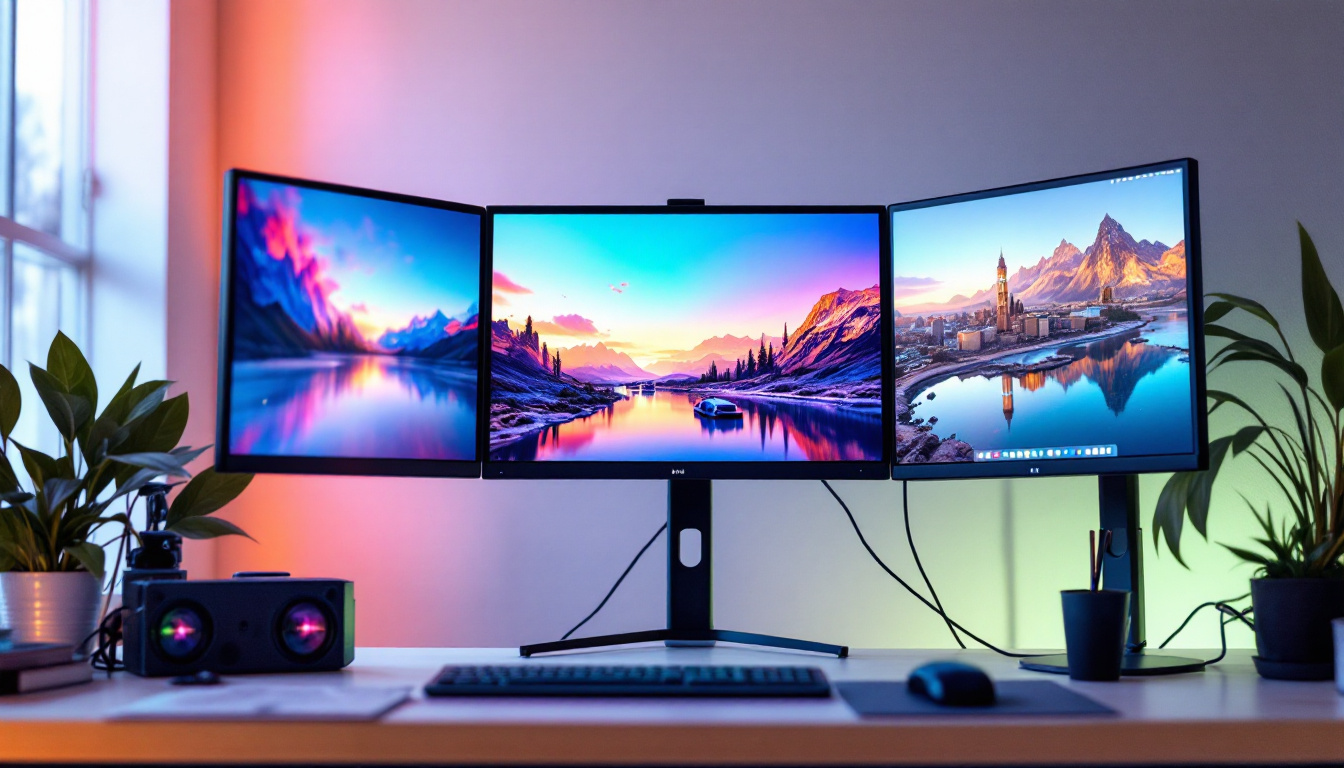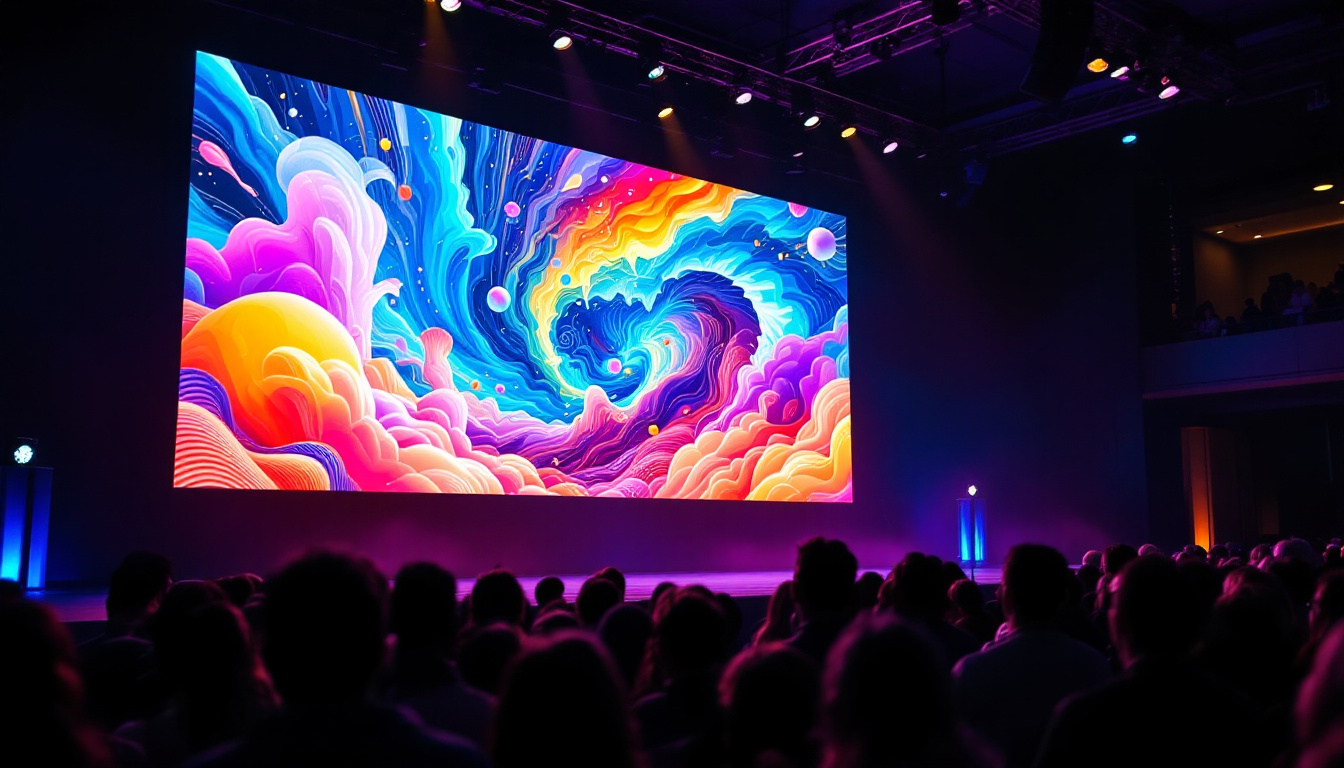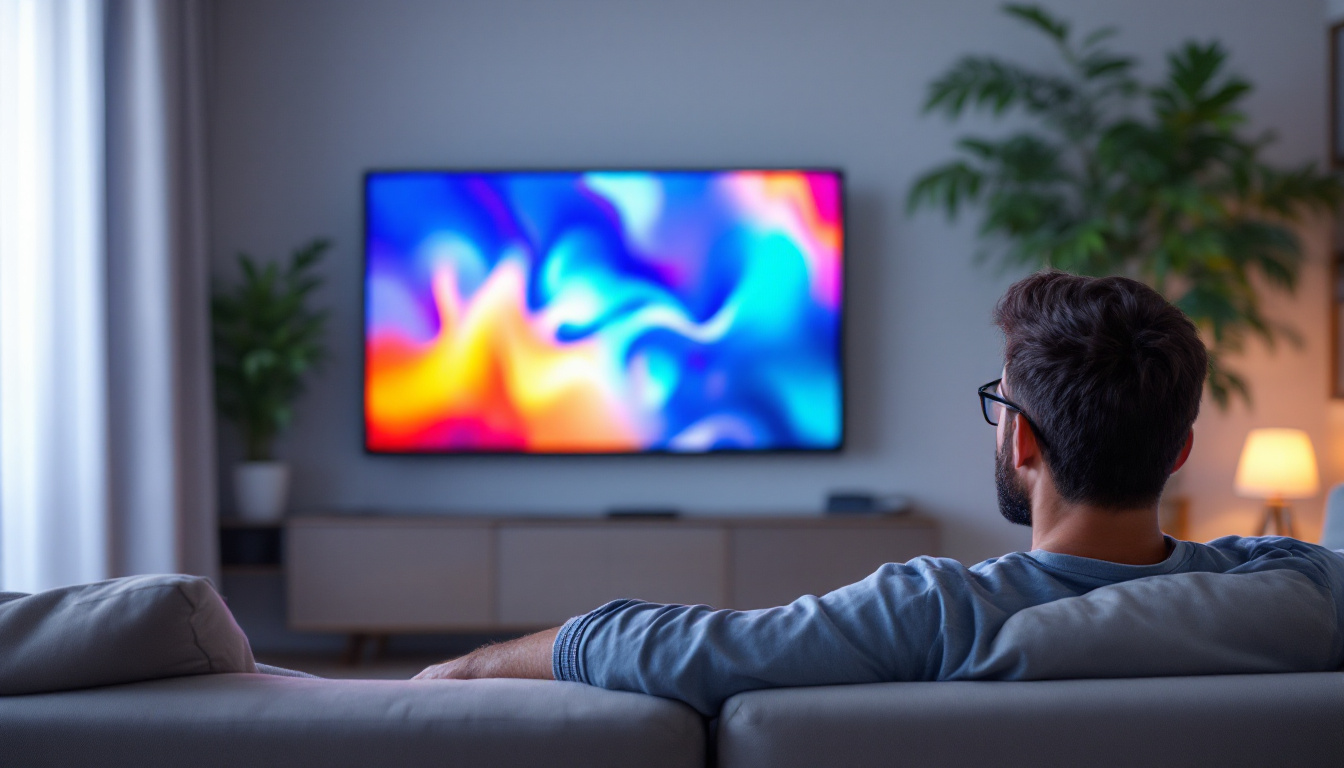Design TV Wall: LED Display Explained
In the contemporary world of interior design and technology, the integration of LED displays into living spaces has become increasingly popular. The design of a TV wall not only enhances the aesthetics of a room but also transforms the viewing experience. This article delves into the intricacies of designing a TV wall with LED displays, exploring the benefits, considerations, and various design options available.
Understanding LED Displays
LED (Light Emitting Diode) displays have revolutionized the way we consume visual content. Unlike traditional LCD screens, LED displays offer superior brightness, contrast, and color accuracy. They are also more energy-efficient, making them a preferred choice for modern homes and commercial spaces alike.
The Technology Behind LED Displays
At the core of LED technology is the use of semiconductor materials that emit light when an electric current passes through them. This allows for a thinner, lighter display that can be easily mounted on walls. Additionally, advancements in LED technology have led to the development of OLED (Organic LED) displays, which provide even deeper blacks and a wider color gamut.
Furthermore, LED displays can be categorized into various types, including direct-lit, edge-lit, and mini-LED. Each type has its own unique characteristics, catering to different needs and preferences in design and functionality. Direct-lit displays feature LEDs placed directly behind the screen, offering uniform brightness across the entire surface. Edge-lit displays, on the other hand, utilize LEDs positioned along the edges, allowing for a slimmer profile but sometimes sacrificing uniformity in brightness. Mini-LED technology takes this a step further by using thousands of tiny LEDs, enhancing local dimming capabilities and improving overall picture quality.
Benefits of LED Displays
One of the primary advantages of LED displays is their exceptional picture quality. With higher brightness levels and improved contrast ratios, viewers can enjoy a more immersive experience, whether watching movies, playing video games, or viewing artwork. Additionally, LED displays have a longer lifespan compared to traditional screens, reducing the need for frequent replacements.
Another significant benefit is their versatility. LED displays can be used in various settings, from home theaters to corporate environments. They can also be customized in size and shape, allowing for unique design possibilities that can complement any interior decor. For instance, large-scale LED video walls are increasingly popular in public spaces, such as airports and stadiums, where they can display dynamic content that captures the attention of passersby. Furthermore, the ability to create curved or flexible LED displays opens up new avenues for creative installations, making them ideal for art exhibitions and innovative advertising campaigns.
Moreover, LED displays are not just limited to visual entertainment; they also play a crucial role in information dissemination. digital signage powered by LED technology is widely used in retail environments, transportation hubs, and educational institutions. These displays can convey real-time information, advertisements, and interactive content, enhancing customer engagement and improving the overall experience. As technology continues to evolve, the integration of smart features into LED displays, such as touch capabilities and connectivity with mobile devices, is further expanding their functionality and appeal.
Designing the Perfect TV Wall
Creating an ideal TV wall involves careful planning and consideration of various factors, including space, aesthetics, and functionality. A well-designed TV wall can serve as a focal point in a room, enhancing both the visual appeal and the overall experience of the space.
Choosing the Right Location
The first step in designing a TV wall is selecting the right location. Factors such as viewing distance, natural light, and room layout play a crucial role in this decision. Ideally, the TV should be positioned at eye level when seated, which enhances comfort during viewing.
Additionally, consider the amount of natural light that enters the room. Placing the TV wall opposite windows can help reduce glare, ensuring a more enjoyable viewing experience. However, if this is not feasible, using curtains or blinds can mitigate the effects of sunlight.
Incorporating Surround Sound
To complement the visual experience of an LED display, integrating a surround sound system can significantly enhance audio quality. This can be achieved through built-in speakers, soundbars, or a more complex multi-speaker setup. The placement of these audio components is crucial; they should be positioned to create an immersive sound environment that matches the visual experience.
Furthermore, consider the acoustics of the room. Soft furnishings, such as rugs and curtains, can help absorb sound and reduce echo, creating a more pleasant auditory experience.
Choosing the Right Frame and Mounting Options
The frame and mounting options for the LED display can dramatically influence the overall design of the TV wall. A sleek, minimalistic mount can create a modern look, while a decorative frame can add a touch of elegance. Wall mounts come in various styles, including fixed, tilting, and full-motion, allowing for flexibility in positioning the screen.
Additionally, consider incorporating shelves or cabinetry around the TV for added storage and to display decorative items. This not only enhances the visual appeal but also provides a practical solution for organizing media equipment and accessories.
Color and Material Considerations
The choice of colors and materials for the TV wall can significantly impact the overall ambiance of the room. Selecting the right palette can help create a cohesive look that ties together the various elements of the space.
Color Schemes
When designing a TV wall, consider the existing color scheme of the room. Neutral colors, such as whites, grays, and beiges, can create a timeless and elegant backdrop for the LED display. Alternatively, bold colors can make a statement and serve as a focal point in the room.
Accent walls can also be an effective way to enhance the design. Using wallpaper, paint, or textured materials can create depth and interest, drawing attention to the TV wall without overwhelming the space.
Material Choices
The materials used in the construction of the TV wall can also influence its overall look and feel. Wood, metal, and glass are popular choices that can be combined to create a unique aesthetic. For instance, a wooden frame can add warmth and texture, while metal accents can provide a modern touch.
Additionally, consider using materials that are easy to clean and maintain, especially if the TV wall is located in a high-traffic area. This will ensure that the design remains fresh and appealing over time.
Lighting Considerations
Lighting plays a crucial role in the overall design of a TV wall. Proper lighting can enhance the viewing experience and highlight the aesthetic features of the wall. There are several lighting options to consider when designing a TV wall.
Ambient Lighting
Ambient lighting provides overall illumination for the room and can help create a comfortable atmosphere. This can be achieved through ceiling fixtures, wall sconces, or floor lamps. The key is to ensure that the lighting is soft and diffused, reducing glare on the TV screen.
Incorporating dimmable lights can also enhance the flexibility of the space, allowing for different lighting levels depending on the activity, whether it be watching a movie or entertaining guests.
Accent Lighting
Accent lighting can be used to highlight specific features of the TV wall, such as artwork or decorative elements. LED strip lights can be installed around the edges of the TV or on shelves to create a visually appealing glow. This not only enhances the aesthetics but also adds a layer of depth to the design.
Smart Technology Integration
As technology continues to evolve, integrating smart features into the design of a TV wall has become increasingly popular. Smart TVs, streaming devices, and home automation systems can enhance the functionality and convenience of the viewing experience.
Smart TVs and Streaming Devices
Smart TVs come equipped with built-in streaming capabilities, allowing users to access various content platforms without the need for additional devices. This not only simplifies the setup but also reduces clutter in the living space.
Additionally, streaming devices can be integrated into the TV wall design, providing easy access to a wide range of content. This can be achieved through hidden compartments or cable management systems that keep wires organized and out of sight.
Home Automation Systems
Integrating home automation systems can further enhance the functionality of the TV wall. Smart lighting, sound systems, and even window treatments can be controlled through a central hub or mobile app, allowing for a seamless and convenient experience.
For instance, setting up a “movie night” scene can adjust the lighting, close the curtains, and turn on the TV with a single command, creating an immersive environment for entertainment.
Maintenance and Care
To ensure that the TV wall remains in optimal condition, regular maintenance and care are essential. This includes cleaning the LED display, checking the wiring, and maintaining the surrounding materials.
Cleaning the LED Display
Cleaning the LED display should be done carefully to avoid damage. Use a soft, lint-free cloth and a gentle cleaning solution specifically designed for electronics. Avoid using harsh chemicals or abrasive materials that could scratch the screen.
Additionally, it is advisable to turn off the TV before cleaning to prevent any accidental damage and to allow for a thorough cleaning without distractions.
Inspecting Wiring and Components
Regularly inspecting the wiring and components of the TV wall is crucial for safety and functionality. Ensure that all cables are securely connected and free from damage. This not only prevents potential hazards but also ensures optimal performance of the devices.
Furthermore, consider organizing cables with cable management solutions to keep them tidy and out of sight, enhancing the overall aesthetics of the TV wall.
Conclusion
Designing a TV wall with LED displays is an exciting opportunity to blend technology with aesthetics, creating a stunning focal point in any room. With careful consideration of location, color, materials, lighting, and smart technology integration, a TV wall can enhance both the functionality and beauty of a space.
By understanding the nuances of LED displays and the various design elements involved, homeowners and designers can create a TV wall that not only meets their viewing needs but also complements their overall interior design vision. Whether for personal enjoyment or entertaining guests, a well-designed TV wall can elevate the experience and create lasting impressions.
Transform Your Space with LumenMatrix
Ready to elevate your environment with a cutting-edge LED display? LumenMatrix is at the forefront of LED display technology, offering a wide array of solutions that cater to every need—whether it’s for your home, business, or public space. From immersive Indoor LED Wall Displays to dynamic Outdoor LED Wall Displays, and from versatile Vehicle LED Displays to innovative Custom LED solutions, our products are designed to captivate and engage. Discover how LumenMatrix can transform your visual communication and create unforgettable experiences. Check out LumenMatrix LED Display Solutions today and step into the future of display technology.

